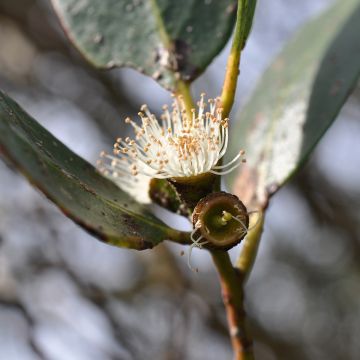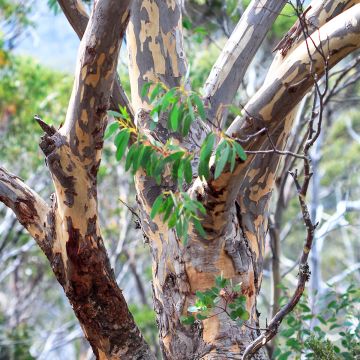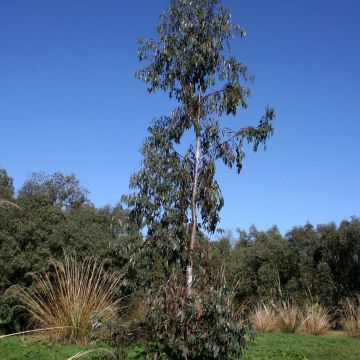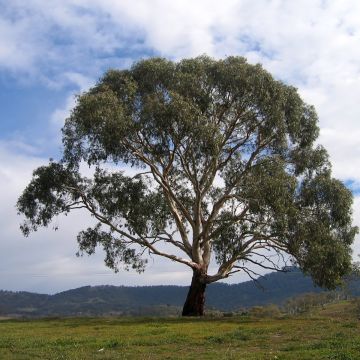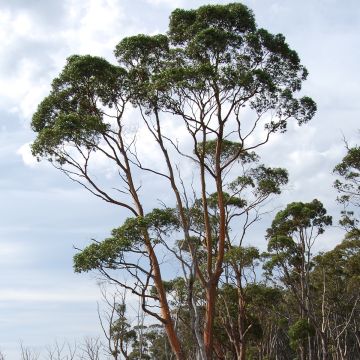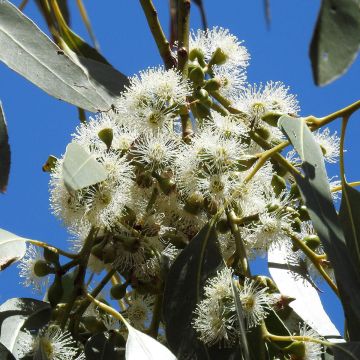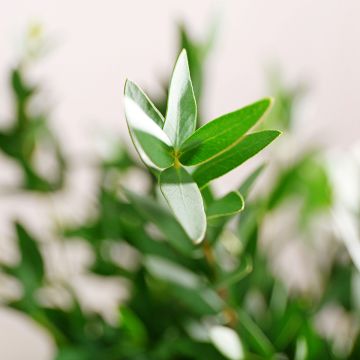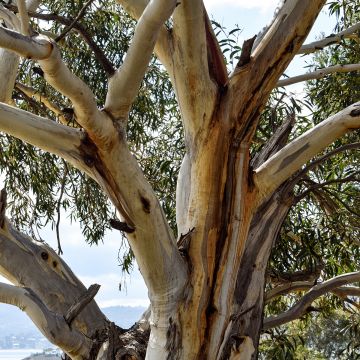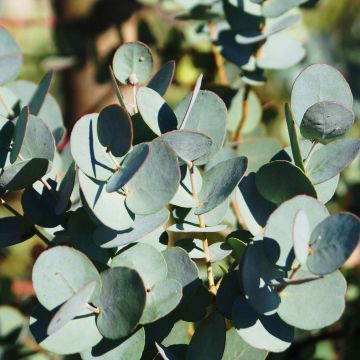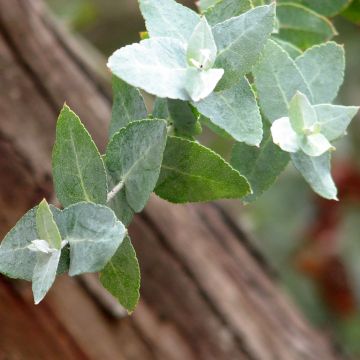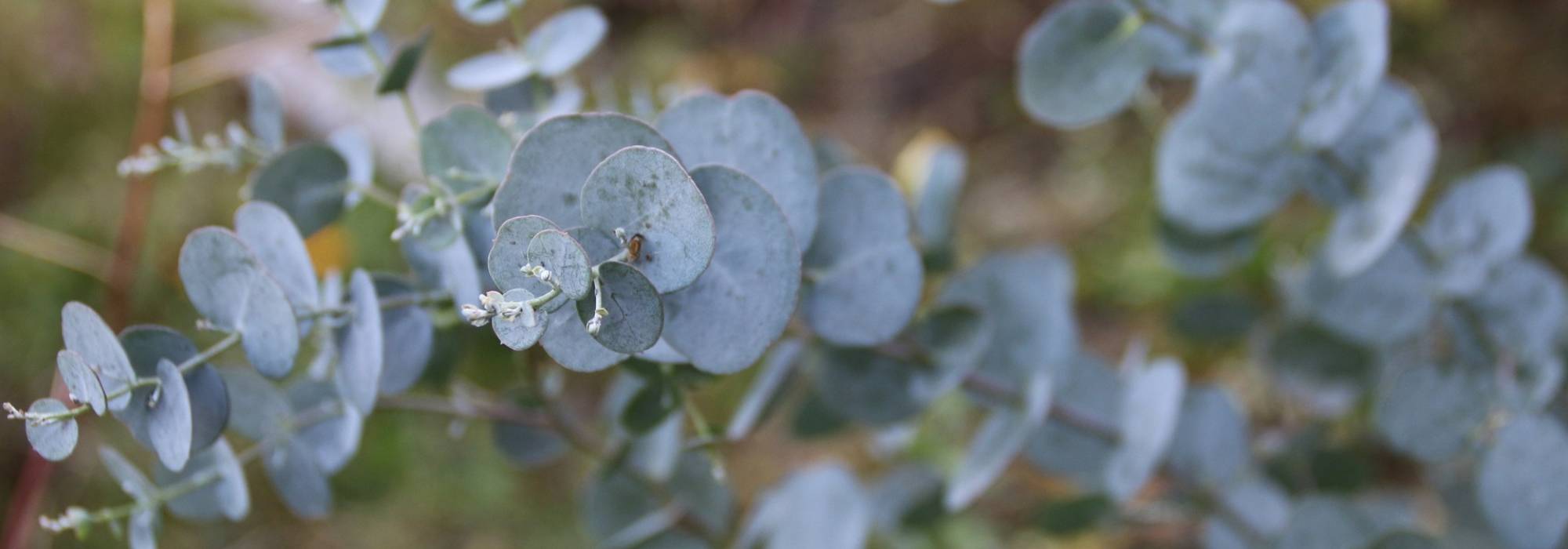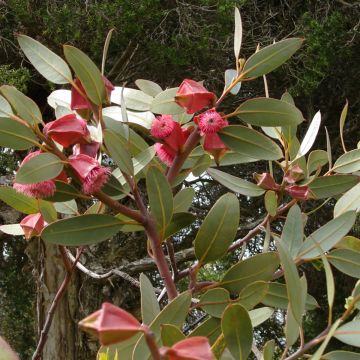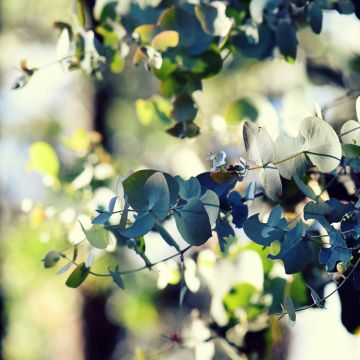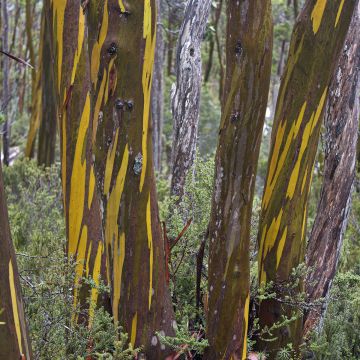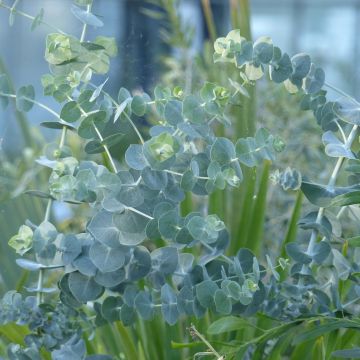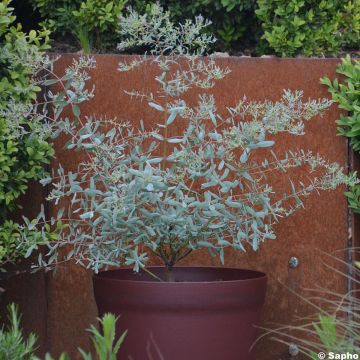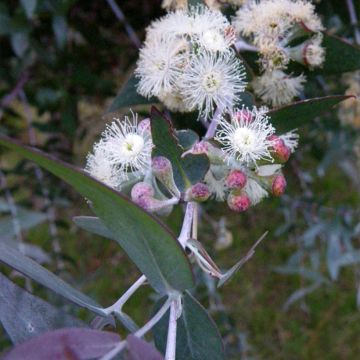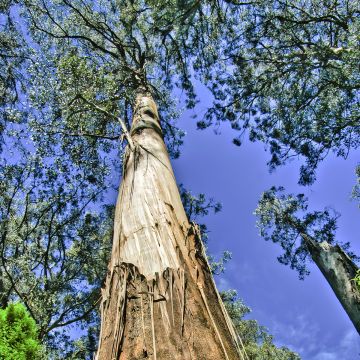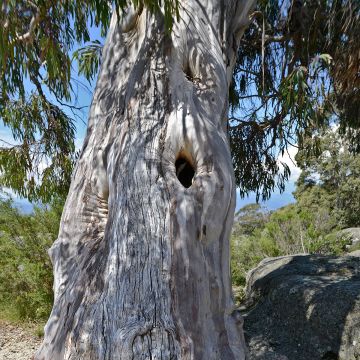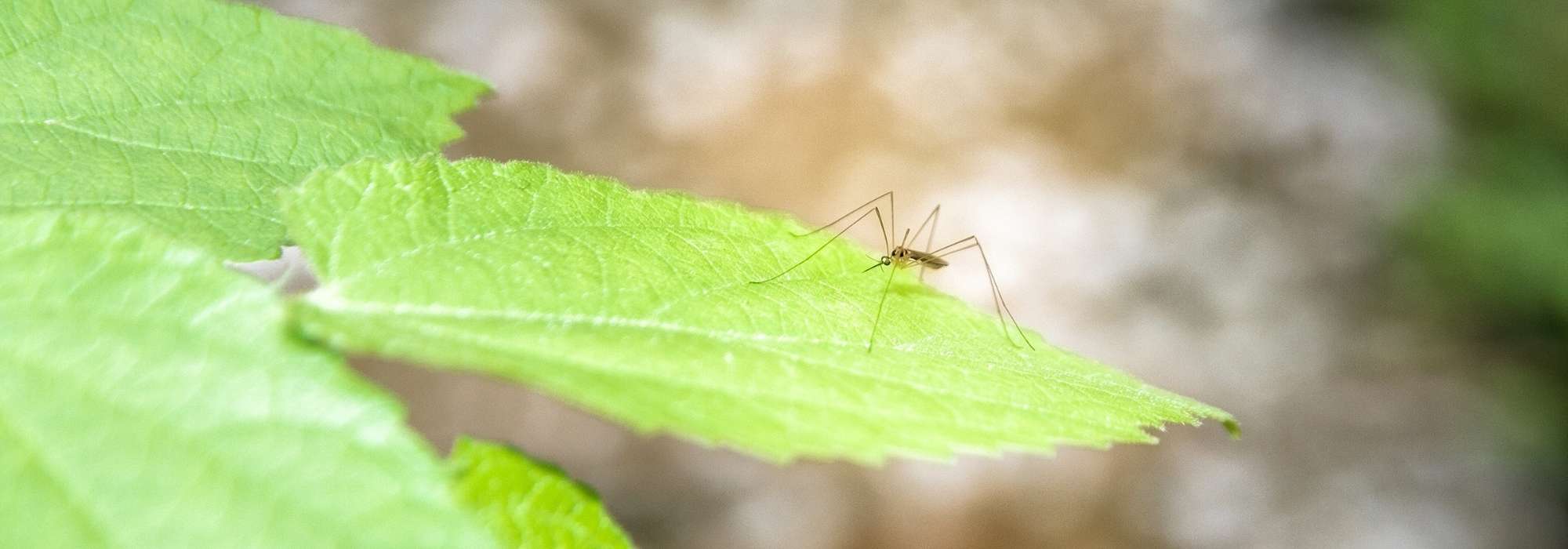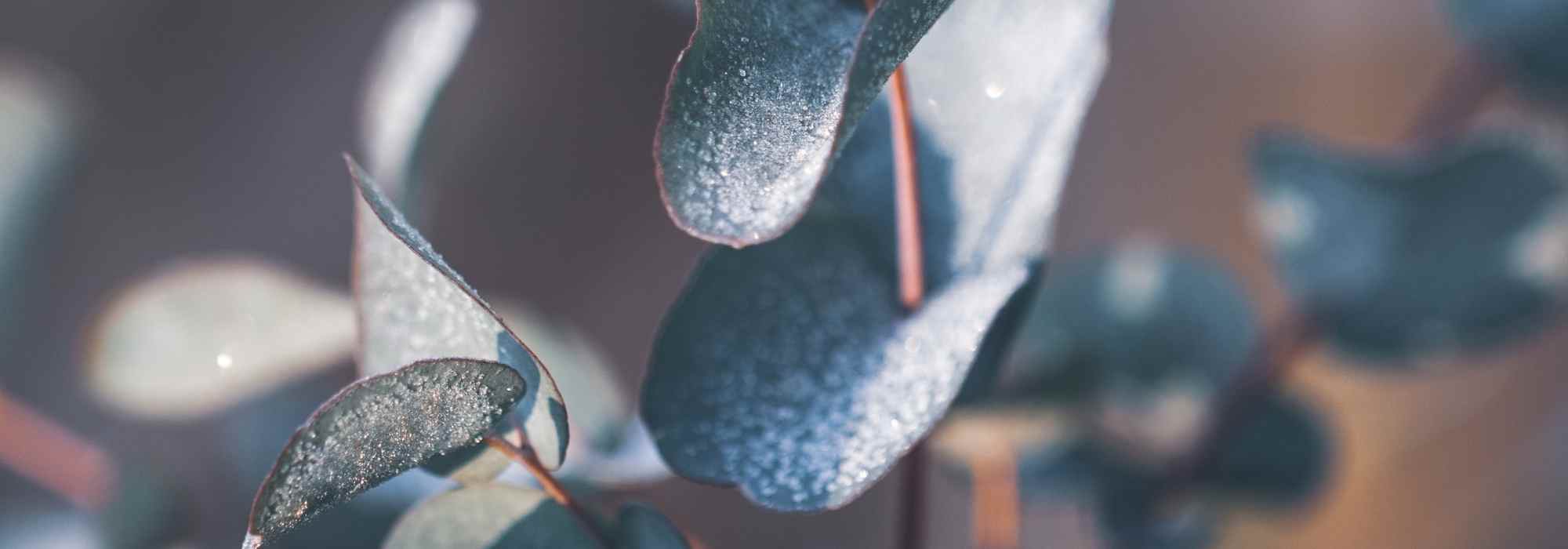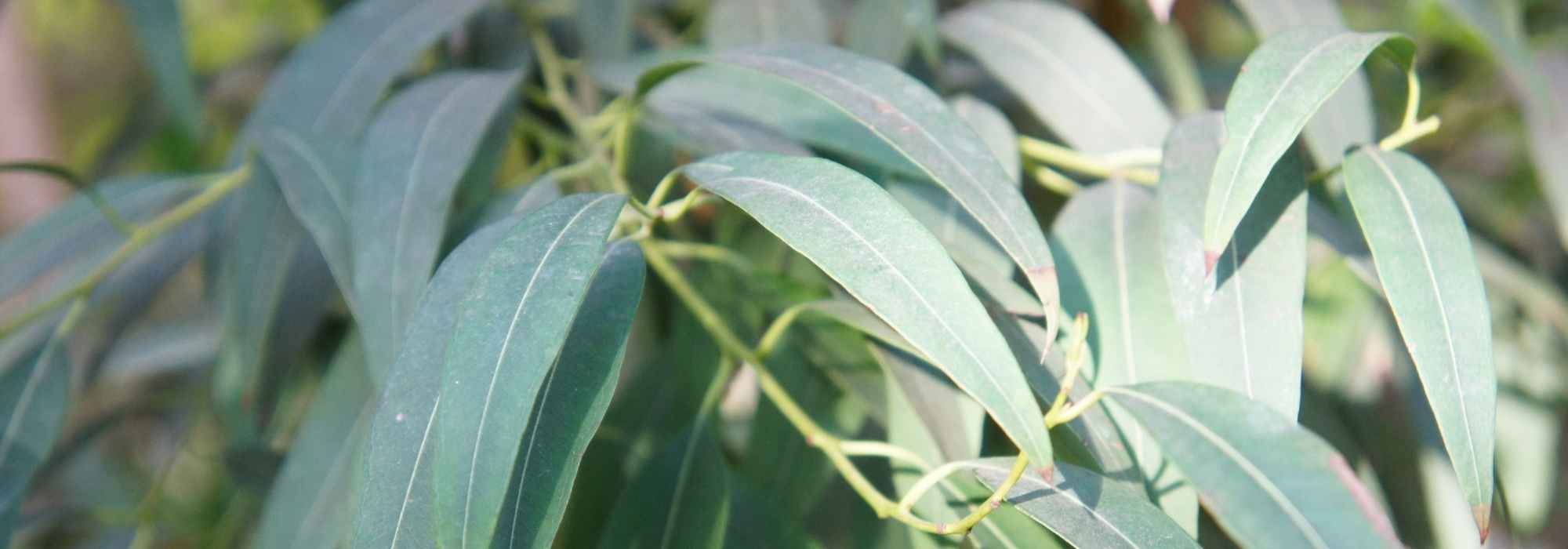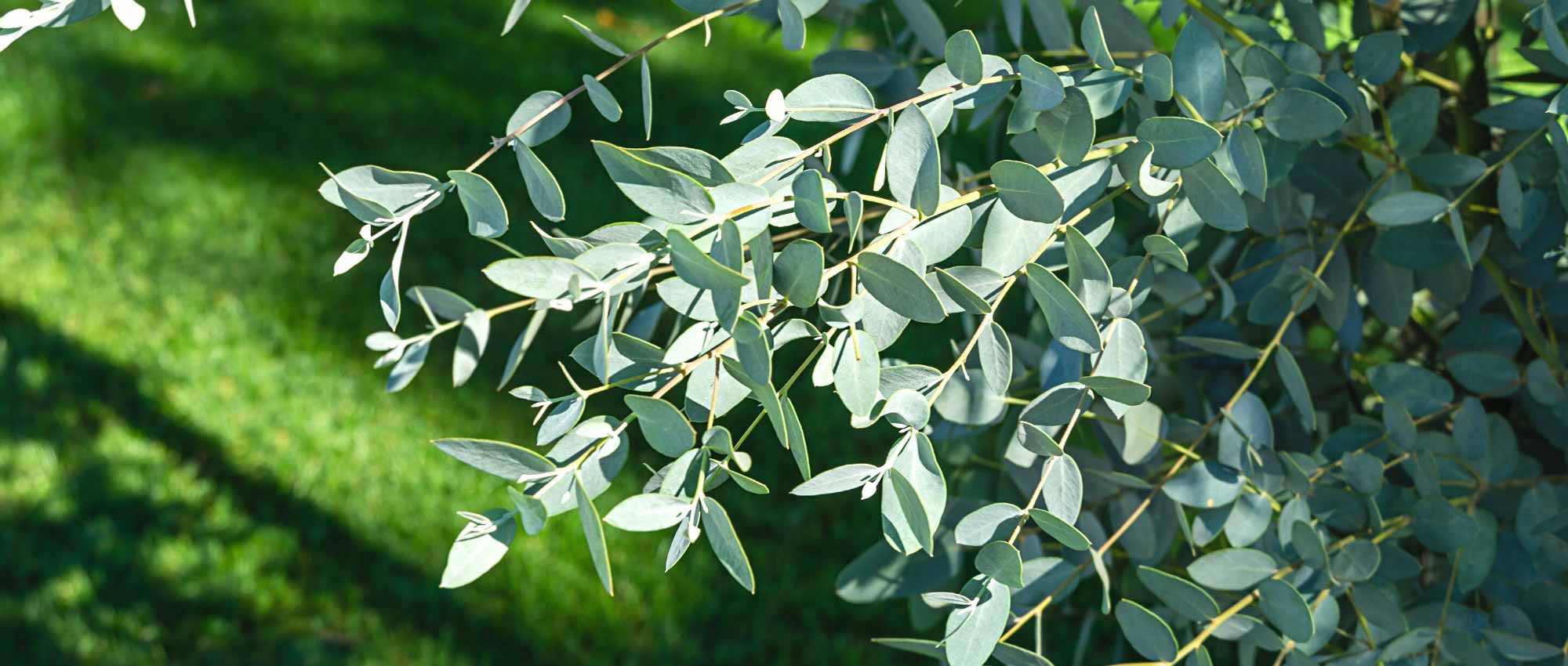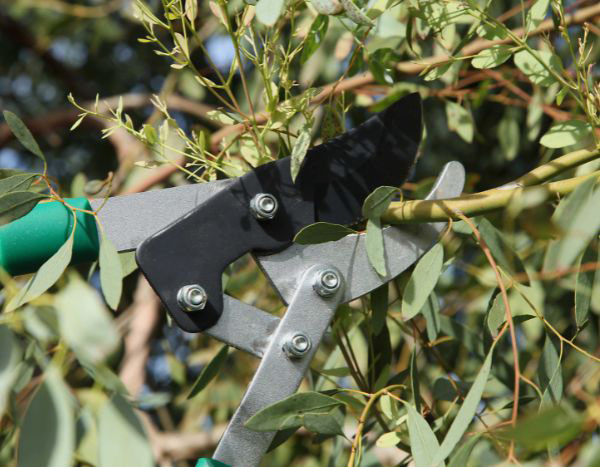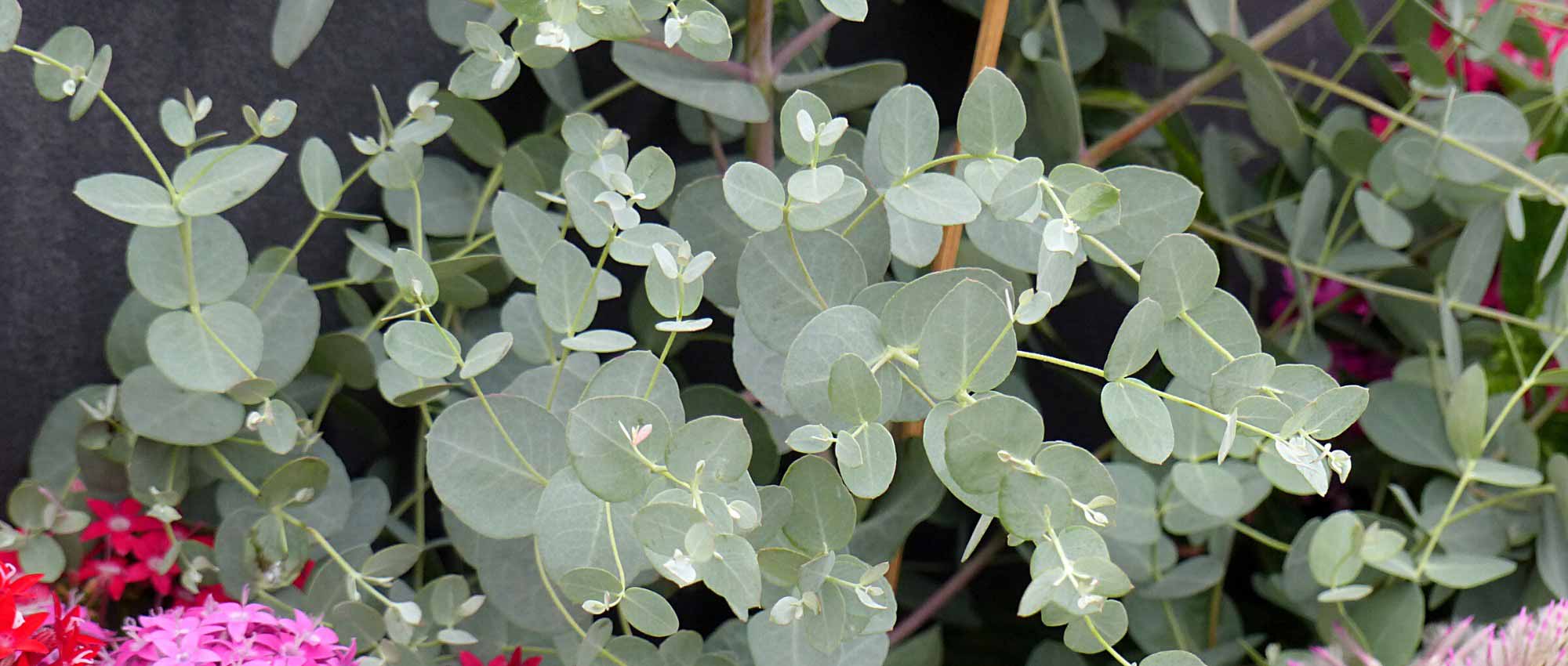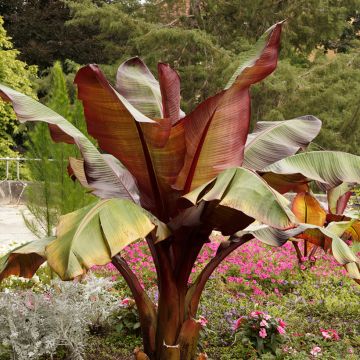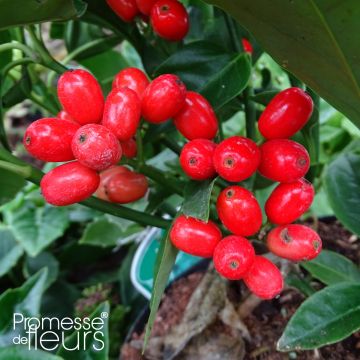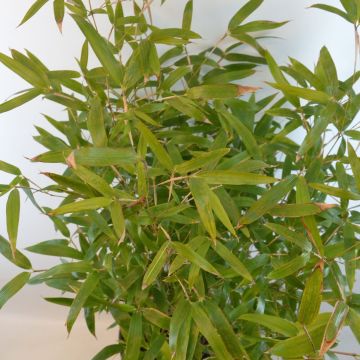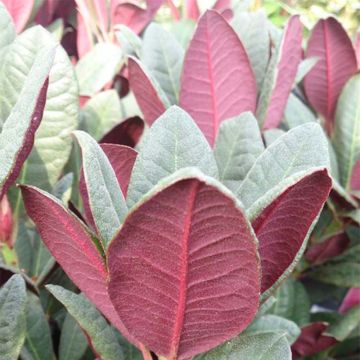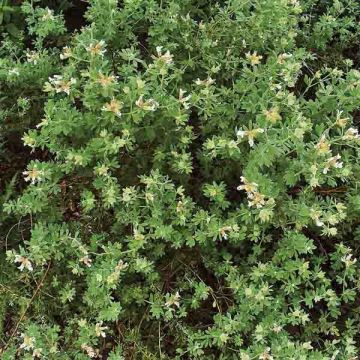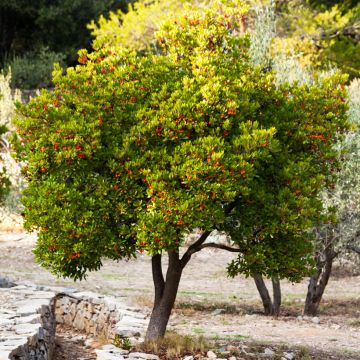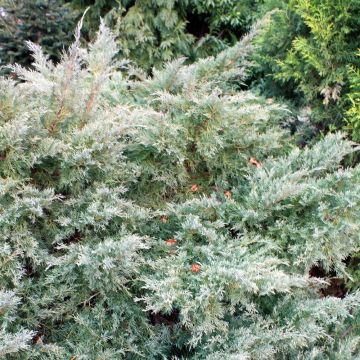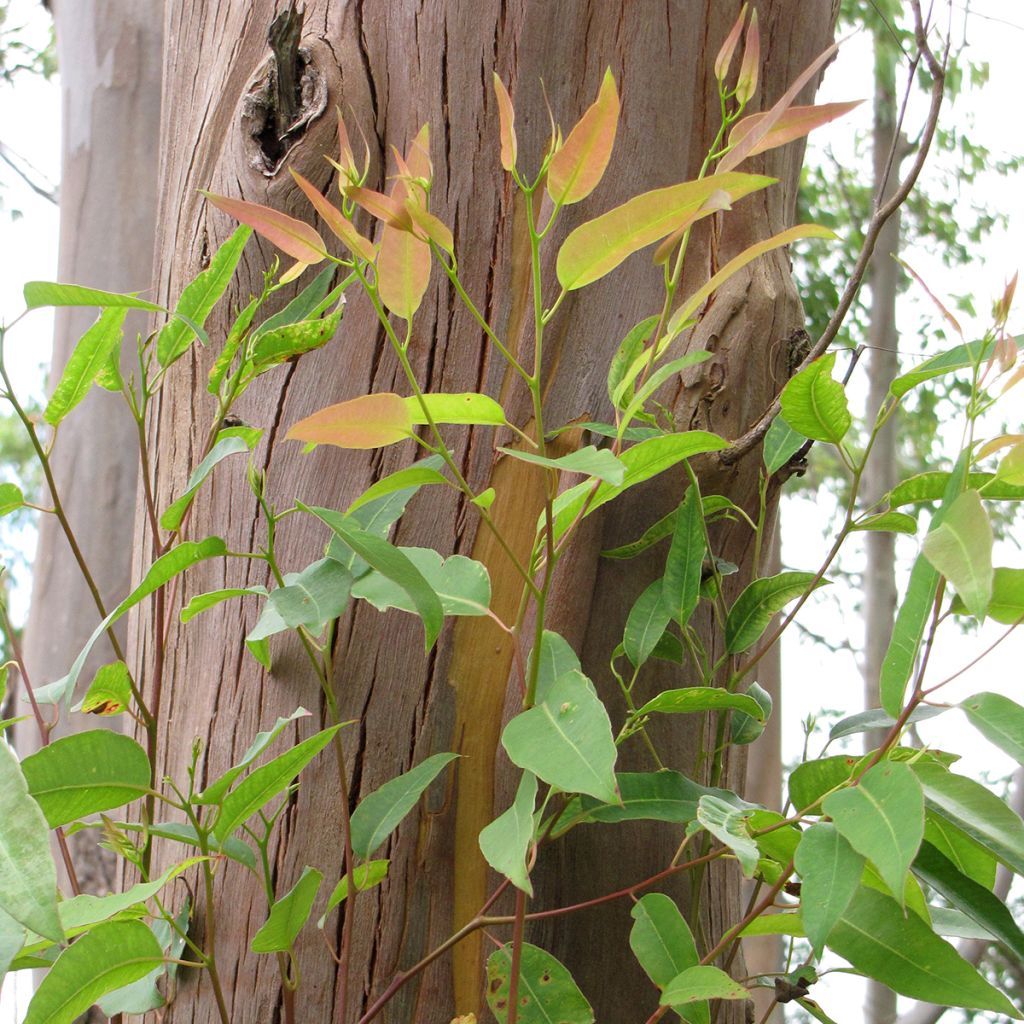

Eucalyptus saligna
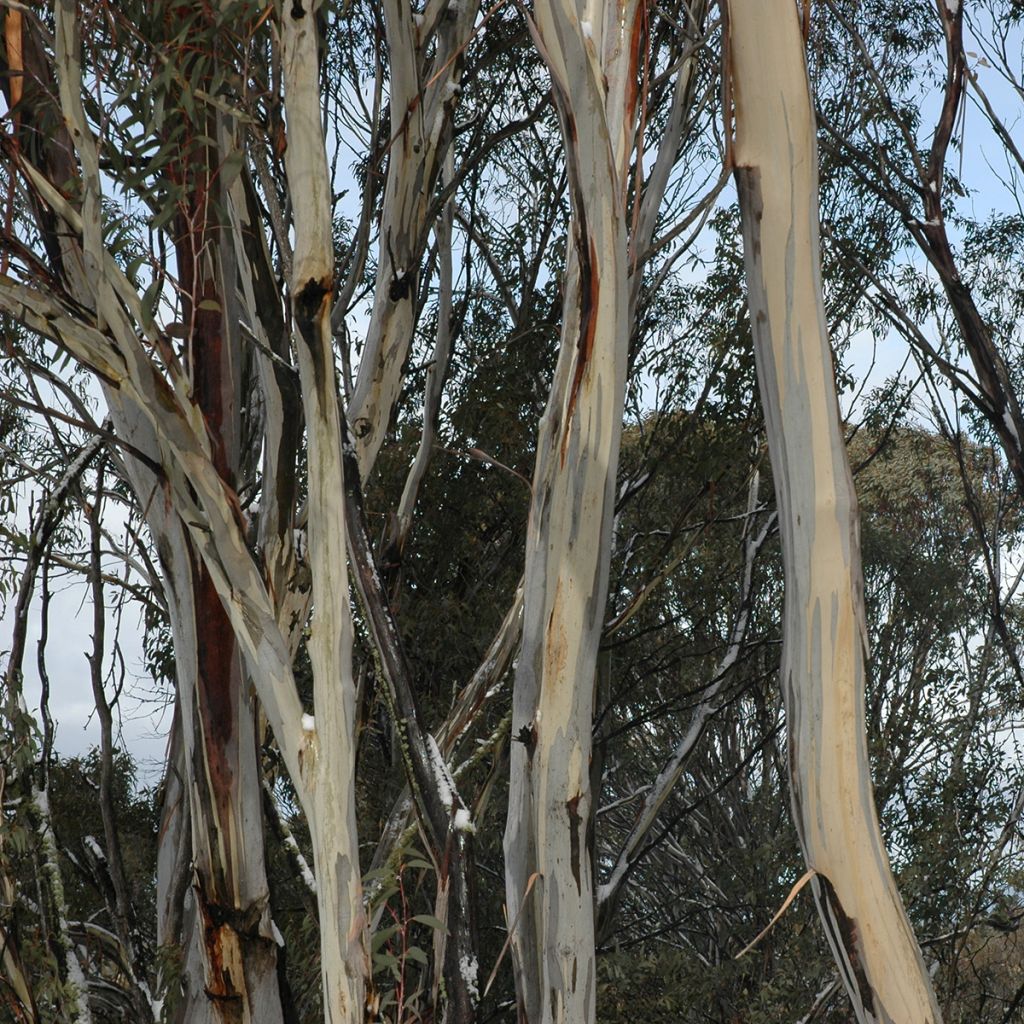

Eucalyptus saligna
Eucalyptus saligna
Eucalyptus saligna
saligna Gum
Special offer!
Receive a €20 voucher for any order over €90 (excluding delivery costs, credit notes, and plastic-free options)!
1- Add your favorite plants to your cart.
2- Once you have reached €90, confirm your order (you can even choose the delivery date!).
3- As soon as your order is shipped, you will receive an email containing your voucher code, valid for 3 months (90 days).
Your voucher is unique and can only be used once, for any order with a minimum value of €20, excluding delivery costs.
Can be combined with other current offers, non-divisible and non-refundable.
Why not try an alternative variety in stock?
View all →This plant carries a 24 months recovery warranty
More information
We guarantee the quality of our plants for a full growing cycle, and will replace at our expense any plant that fails to recover under normal climatic and planting conditions.
Does this plant fit my garden?
Set up your Plantfit profile →
Description
Eucalyptus saligna, commonly known as Sydney blue gum, is a large forest tree native mainly to the subtropical areas of the Australian east coast. Used as timber, it is appreciated for its decorative bark, which is usually light in colour and contrasts pleasantly with the evergreen foliage. This species grows rapidly in moist and well-drained soil, and thrives in sunny exposures with sandy, volcanic, or moderately clayey, well-drained soils. Not very hardy, it can freeze at -3°C. Eucalyptus saligna is mainly of interest to collectors with ample space and a mild and humid climate.
Eucalyptus saligna belongs to the large family Myrtaceae, like Callistemon (Bottlebrush), Feijoa, or of course Myrtle. The genus Eucalyptus includes over 800 species, almost all of which are native to Australia, with a few from Southeast Asia. E. saligna has a wide distribution along the entire coast of New South Wales, extending into southeast Queensland. It has also naturalized in other parts of Australia and on the North Island of New Zealand. It mainly grows in moist forests, coexisting with tree ferns and other subtropical plants, on clayey or loamy soils, as well as sandy alluvial and volcanic soils. It thrives in humid climates, with annual rainfall ranging from 900 to 1800 mm (35.4 to 70.9 in), hot summers, and cool winters.
Under these conditions, it has rapid growth and can reach a height of 55 m (180 ft 5 in). In its forest habitat, it has a relatively narrow habit due to its proximity to other trees, with a straight trunk reaching for the sky and a well-developed canopy in the upper half. When planted in isolation, it grows wider, with branches at a more open angle, sometimes even close to horizontal. This species has the common feature among Eucalyptus of developing a lignotuber, an underground starch-rich structure that allows it to regenerate after destruction (e.g., by fire). The trunk and main branches are adorned with a beautiful smooth bark, which can vary in colour from grey-blue to cream, occasionally with a slight pinkish hue. The base of the trunk is covered with a darker fibrous bark in shades of grey-brown. This layer can extend up to 4 m (13 ft 1 in) above the ground before peeling off in strips and revealing a smooth surface. The thin and young branches are covered with green bark.
The juvenile foliage consists of green, lanceolate to slightly ovate leaves, measuring 4 to 12 cm (1.6 to 4.7 in) long and 1.5 to 4 cm (0.6 to 1.6 in) wide. Unlike many other species where the leaves are sessile, they are petiolate here. The adult leaves have the same width but are longer, ranging from 9 to 19 cm (3.5 to 7.5 in), giving them a more lanceolate, and even sickle-shaped, appearance, resembling some willow leaves, hence the species name (Salix = willow). Supported by a 1.5 to 3 cm (0.6 to 1.2 in) long petiole, the leaf is asymmetric at its base, with one side descending further down the petiole. The adult foliage is also green, slightly glossy, and aromatic when crushed.
The small flowers are grouped in umbels of 7 to 11 units, with white stamen clusters forming pompoms in the axils of the leaves. They appear from January to March in Australia and between June and October in temperate climates. They then give way to small fruits, which are capsules less than 1 cm (0.4 in) long, containing tiny seeds measuring 1 to 2 mm (0 to 0.1 in). On average, there are 250,000 seeds per kilogram, and they germinate easily.
This Eucalyptus is a giant of Australian rainforests. In temperate climates, its growth is generally more limited, but it can still reach an imposing height of 30 m (98 ft 5 in) with a width of 15 m (49 ft 2 in). It grows in neutral to acidic soil, tolerating moderately clayey, loamy, and even sandy soils, as long as there is good drainage. It prefers sunny locations and hot summers, but not extreme heat or cold winters.
This majestic tree with its sumptuous bark requires a lot of space and a suitable climate. If successful, it guarantees the creation of an exotic scene, with one of the most beautiful barks. Plant some tree ferns alongside it, such as the delicate Cyathea cooperi with its slender dark trunk and particularly elegant fronds, or the Dicksonia antarctica, which is more robust in appearance and more resistant to cold. The Queen Palm (Syagrus romanzoffiana), with its coconut-like appearance, will add an even more tropical touch to your plantation.
Eucalyptus saligna in pictures
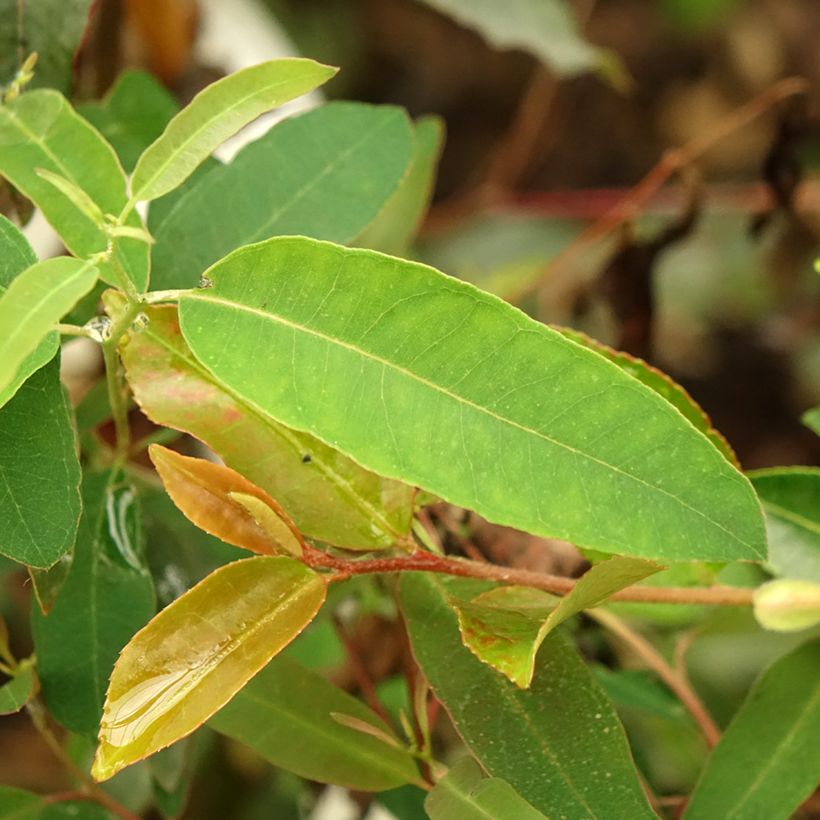

Plant habit
Flowering
Foliage
Botanical data
Eucalyptus
saligna
Myrtaceae
saligna Gum
Australia
Other Eucalyptus
View all →Planting and care
Eucalyptus saligna is sensitive to frost, only resistant to around -3°C (26.6 °F) once established. This greatly limits its hardening possibilities, especially since it thrives in humid climates and reaches significant growth. Only the most favourable microclimates may possibly accommodate it, provided there is a large area available. It should be planted in spring after the last frost to allow enough time for its root system to develop and better withstand the winter. It requires deep and fertile soil, with a neutral to acidic pH, ranging from clay-loam to sandy.
Dig a planting hole measuring 50 to 60 cm (19.7 to 23.6 in) on each side and in depth, optionally adding gravel to the bottom soil to improve drainage, then mix the planting compost with the existing soil (50/50). A rooting stimulator-enriched compost will promote faster rooting, which is beneficial for a frost-sensitive plant. Soak the root ball in a bucket of water for fifteen minutes to ensure it is well-saturated before planting. Then backfill and water thoroughly. During the first two years, water regularly and then space out the watering to encourage the roots to explore the soil.
Choose a location that is spacious enough to allow unrestricted growth and without shading from other trees. Weed around the base during the first year to avoid any competition that could hinder establishment and growth.
Planting period
Intended location
Care
Planting & care advice
This item has not been reviewed yet - be the first to leave a review about it.
Similar products
Haven't found what you were looking for?
Hardiness is the lowest winter temperature a plant can endure without suffering serious damage or even dying. However, hardiness is affected by location (a sheltered area, such as a patio), protection (winter cover) and soil type (hardiness is improved by well-drained soil).

Photo Sharing Terms & Conditions
In order to encourage gardeners to interact and share their experiences, Promesse de fleurs offers various media enabling content to be uploaded onto its Site - in particular via the ‘Photo sharing’ module.
The User agrees to refrain from:
- Posting any content that is illegal, prejudicial, insulting, racist, inciteful to hatred, revisionist, contrary to public decency, that infringes on privacy or on the privacy rights of third parties, in particular the publicity rights of persons and goods, intellectual property rights, or the right to privacy.
- Submitting content on behalf of a third party;
- Impersonate the identity of a third party and/or publish any personal information about a third party;
In general, the User undertakes to refrain from any unethical behaviour.
All Content (in particular text, comments, files, images, photos, videos, creative works, etc.), which may be subject to property or intellectual property rights, image or other private rights, shall remain the property of the User, subject to the limited rights granted by the terms of the licence granted by Promesse de fleurs as stated below. Users are at liberty to publish or not to publish such Content on the Site, notably via the ‘Photo Sharing’ facility, and accept that this Content shall be made public and freely accessible, notably on the Internet.
Users further acknowledge, undertake to have ,and guarantee that they hold all necessary rights and permissions to publish such material on the Site, in particular with regard to the legislation in force pertaining to any privacy, property, intellectual property, image, or contractual rights, or rights of any other nature. By publishing such Content on the Site, Users acknowledge accepting full liability as publishers of the Content within the meaning of the law, and grant Promesse de fleurs, free of charge, an inclusive, worldwide licence for the said Content for the entire duration of its publication, including all reproduction, representation, up/downloading, displaying, performing, transmission, and storage rights.
Users also grant permission for their name to be linked to the Content and accept that this link may not always be made available.
By engaging in posting material, Users consent to their Content becoming automatically accessible on the Internet, in particular on other sites and/or blogs and/or web pages of the Promesse de fleurs site, including in particular social pages and the Promesse de fleurs catalogue.
Users may secure the removal of entrusted content free of charge by issuing a simple request via our contact form.
The flowering period indicated on our website applies to countries and regions located in USDA zone 8 (France, the United Kingdom, Ireland, the Netherlands, etc.)
It will vary according to where you live:
- In zones 9 to 10 (Italy, Spain, Greece, etc.), flowering will occur about 2 to 4 weeks earlier.
- In zones 6 to 7 (Germany, Poland, Slovenia, and lower mountainous regions), flowering will be delayed by 2 to 3 weeks.
- In zone 5 (Central Europe, Scandinavia), blooming will be delayed by 3 to 5 weeks.
In temperate climates, pruning of spring-flowering shrubs (forsythia, spireas, etc.) should be done just after flowering.
Pruning of summer-flowering shrubs (Indian Lilac, Perovskia, etc.) can be done in winter or spring.
In cold regions as well as with frost-sensitive plants, avoid pruning too early when severe frosts may still occur.
The planting period indicated on our website applies to countries and regions located in USDA zone 8 (France, United Kingdom, Ireland, Netherlands).
It will vary according to where you live:
- In Mediterranean zones (Marseille, Madrid, Milan, etc.), autumn and winter are the best planting periods.
- In continental zones (Strasbourg, Munich, Vienna, etc.), delay planting by 2 to 3 weeks in spring and bring it forward by 2 to 4 weeks in autumn.
- In mountainous regions (the Alps, Pyrenees, Carpathians, etc.), it is best to plant in late spring (May-June) or late summer (August-September).
The harvesting period indicated on our website applies to countries and regions in USDA zone 8 (France, England, Ireland, the Netherlands).
In colder areas (Scandinavia, Poland, Austria...) fruit and vegetable harvests are likely to be delayed by 3-4 weeks.
In warmer areas (Italy, Spain, Greece, etc.), harvesting will probably take place earlier, depending on weather conditions.
The sowing periods indicated on our website apply to countries and regions within USDA Zone 8 (France, UK, Ireland, Netherlands).
In colder areas (Scandinavia, Poland, Austria...), delay any outdoor sowing by 3-4 weeks, or sow under glass.
In warmer climes (Italy, Spain, Greece, etc.), bring outdoor sowing forward by a few weeks.






























